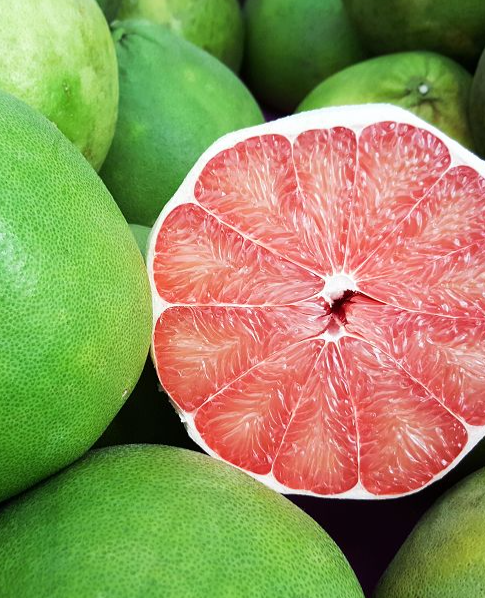News
Why Vietnamese pomelo is the next big fruit you should try?
Vietnam Pomelo is a unique fruit bursting with health benefits and a rich, distinctive flavor. An excellent source of vitamins and minerals, this antioxidant-rich citrus offers a refreshing taste, perfect for boosting your immune system and promoting skin health. Popular for its uses in a variety of dishes, the Vietnam Pomelo can be juiced, used in salads, desserts, or even as a tangy counterbalance in savory dishes. Experience the culinary versatility of this fruit and discover why it is loved globally by chefs and health enthusiasts alike. The best place to buy Vietnam Pomelo online and offline is at Pomelo.net.vn

In this article, we’re diving into the vibrant world of Vietnamese pomelos. We’ll explore everything from their unique shape, flavor, and varieties to the best ways to enjoy this refreshing citrus fruit. You’ll learn about the different types of pomelos grown throughout Vietnam, their distinct flavors, and even how to tell them apart. Plus, we’ll share tips on how to peel a pomelo, along with its nutritional benefits, and dive into its cultural significance and uses in Vietnamese cuisine and traditional medicine.
What is Vietnamese pomelo?
Overview
- Vietnamese name: Bưởi
- Shape and appearance: round to slightly pear-shaped, with thick, pale green to yellow skin. The interior ranges from pale yellow to pink, depending on the variety.
- Flavor profile: juicy and refreshing, with a balanced sweet-tart flavor.
- How to enjoy it: eat fresh, add to salads, use in desserts, or juice it for a refreshing drink.
Taste and flavor
Pomelo tastes juicy and refreshing, with a nice mix of sweet and sour. Its flavor is unique, with hints of lemon and orange. The smell is also very appealing, fresh, and citrusy, like a blend of different citrus fruits.
Pomelo origin
Pomelo is a citrus fruit native to Southeast Asia and holds the title of the largest citrus fruit in the world!
Interestingly, the pomelo is the main ancestor of the grapefruit. Grapefruits were created by crossbreeding sweet oranges and pomelos. Vietnam, with its ideal climate and soil, is the largest producer of pomelos globally. Thanks to these perfect growing conditions, pomelo trees thrive all over the country.

Nutritional benefits of pomelo
Here’s the nutritional breakdown for a 3.5-ounce (100-gram) serving of pomelo, based on data from the USDA:
| Nutrient | Amount | Notes |
|---|---|---|
| Water | 89.1 g | High water content, hydrating and refreshing. |
| Energy | 38 kcal (159 kJ) | Low in calories, suitable for a light snack. |
| Protein | 0.76 g | Provides a small amount of protein. |
| Total Lipid (Fat) | 0.04 g | Very low in fat. |
| Carbohydrates | 9.62 g | Source of natural sugars and energy. |
| Fiber | 1 g | Supports digestive health. |
| Vitamin C | 61 mg | High in vitamin C, supports immune health. |
| Potassium | 216 mg | Helps maintain blood pressure and fluid balance. |
| Calcium | 4 mg | Small amount for bone health. |
| Iron | 0.11 mg | Trace amount, essential for blood health. |


 Vn
Vn 中文
中文